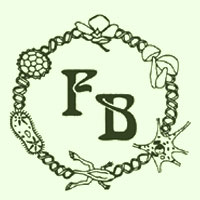Sabovljević, A. |
| The influence of gypsiferous substrata on bryophyte growth: are there obligatory gypsophilous. BOGDANOVIĆ M, SABOVLJEVIĆ M, SABOVLJEVIĆ A & GRUBIŠIĆ D. Pages 75-82 Full reference | Abstract | Full text PDF |
KEY WORDS: bryophytes, mosses, gypsum, gypsophytes, Atrichum undulatum, Bryum argenteum |
| Effects of day length on photosynthetic pigments and antioxidative metabolism of in vitro cultured Atrichum undulatum (Hedw.) P. Beauv. (Bryophyta) CVETIĆ T, SABOVLJEVIĆ A, BOGDANOVIĆ PRISTOV J & SABOVLJEVIĆ M. Pages 83-88 Full reference | Abstract | Full text PDF |
KEY WORDS: moss, Atrichum undulatum, photoperiod, vegetative phase, antioxidative metabolism |
| Axenically culturing the bryophytes: a case study of the moss Dicranum scoparium Hedw. (Dicranaceae, Bryophyta) VUJIČIĆ M, SABOVLJEVIĆ A & SABOVLJEVIĆ M. Pages 137-140 Full reference | Abstract | Full text PDF |
KEY WORDS: moss, Dicranum scoparium, in vitro, axenical culture |


